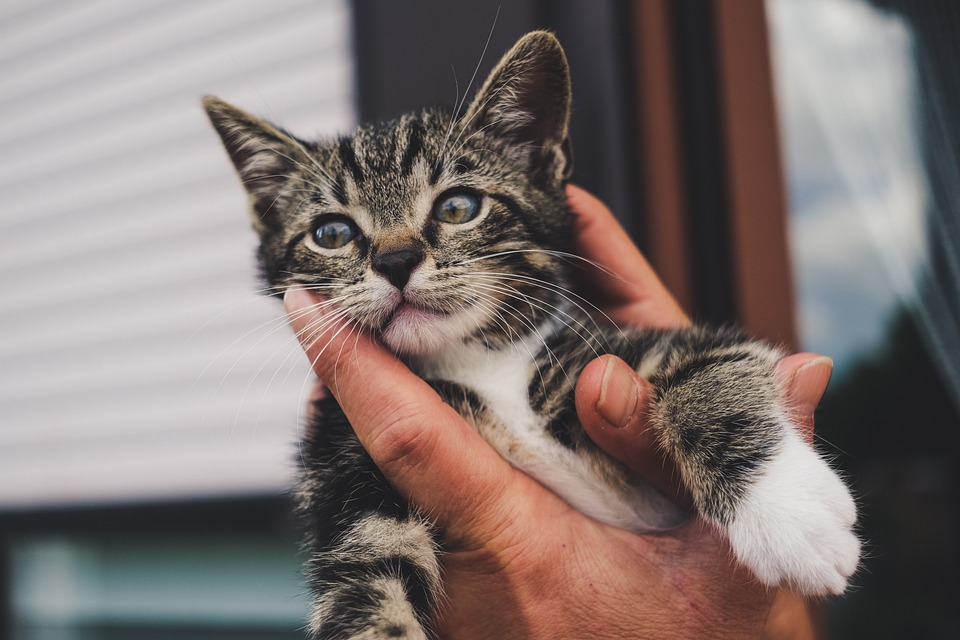Understanding Tail Wagging: The Role of Communication in Hunting Play
Introduction:
Cats are fascinating creatures that possess a vast range of behaviors to communicate with their human companions and fellow felines. One of the most distinctive and intriguing behaviors is tail wagging. While tail wagging is commonly associated with dogs, cats also use this form of communication to convey various messages. In this article, we will explore the different meanings behind a cat’s tail wagging during hunting play and decipher the intricate language of their tails.
I. The Basics of Tail Communication:
A cat’s tail serves as a vital tool for communication, allowing them to express their emotions and intentions. Understanding the nuances of tail movements can help you interpret your feline friend’s behavior accurately. Here are a few key aspects to consider:
1. Tail Position:
a. High and straight: Confidence and contentment.
b. Low and tucked: Fear or aggression.
c. Puffed up: Indicates a defensive or frightened state.
2. Tail Movements:
a. Slow swaying: Reflects curiosity or focus.
b. Rapid flicking: Signifies agitation or annoyance.
c. Vibrating tail tip: Demonstrates excitement or anticipation.
Now that we have a basic understanding of tail communication, let’s delve into how cats employ tail wagging during hunting play.
II. Tail Wagging in Hunting Play:
1. The Pounce Preparation:
Cats often engage in hunting play with their owners or fellow felines. Tail wagging during this phase serves as a clear indication of their intentions:
a. Slow, deliberate wagging: Suggests the cat is preparing to pounce and catch its “prey.”
b. Twitching tail tip: Indicates heightened excitement and anticipation of the impending play.
2. The Chase Game:
Once the hunting play begins, a cat’s tail wagging takes on different meanings:
a. Quick side-to-side wagging: Implies the cat is in pursuit and ready to chase its target.
b. Swishing tail: Shows focused concentration and determination during the chase.
c. Wagging with a puffed-up tail: Indicates a playful, non-aggressive state.
III. FAQs about Tail Wagging:
Q1: Does tail wagging always indicate a cat’s desire to play?
A1: Not necessarily. Tail wagging can also be a sign of annoyance, fear, or aggression. It’s essential to assess the overall body language and context to accurately interpret a cat’s intentions.
Q2: Are all tail wagging movements during hunting play positive?
A2: While most tail wagging during hunting play is playful and harmless, it’s crucial to monitor the interactions between cats carefully. If a cat’s tail wagging becomes aggressive or its body language turns hostile, it’s best to intervene and redirect their focus to a more positive activity.
Q3: How can I encourage healthy hunting play behavior in my cat?
A3: Providing appropriate toys that simulate prey, engaging in interactive play sessions, and offering positive reinforcement when your cat displays desired behaviors can help foster a healthy hunting play dynamic.
Conclusion:
A cat’s tail is a powerful tool for communication, especially during hunting play. By understanding the various tail wagging movements and their meanings, you can better comprehend your cat’s intentions and emotions. Remember to observe the entire context, including body language, to accurately interpret your feline friend’s behavior. Happy hunting play!
Disclaimer: This article is intended for informational purposes only and should not replace professional veterinary advice. If you have concerns about your cat’s behavior, consult with a qualified veterinarian.








